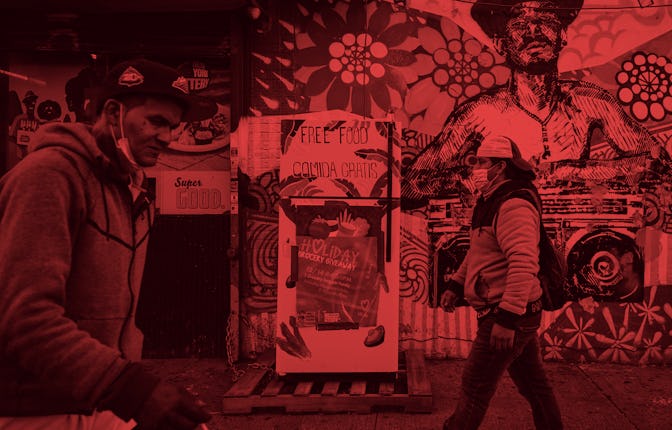Slacker’s Syllabus: Asthma Alley

Most of us know at least one person with asthma because it’s just so common. In 2001, 1 in 14 people had asthma. By 2009, that number had risen to 1 in 12 people.
Now, a little over 25 million people in the U.S. have asthma. But the number of people with asthma isn’t the only thing that’s rising.
In 2020, nearly 4,145 people died from asthma, which marked a rise in asthma deaths for the first time in decades. The Asthma and Allergy Foundation of America noted, “Nearly all of these deaths are avoidable with the right treatment and care.”
But the American Lung Association noted that scientists know a few factors that play a key role. That includes things that can’t necessarily be helped, like your genetics or allergies.
However, your environment can also be linked to asthma.
Even if you’re looking at people who all live in the same city, their neighborhoods aren’t all equal. And in the U.S., one neighborhood nicknamed Asthma Alley has shone light on the health impacts that your environment can have.